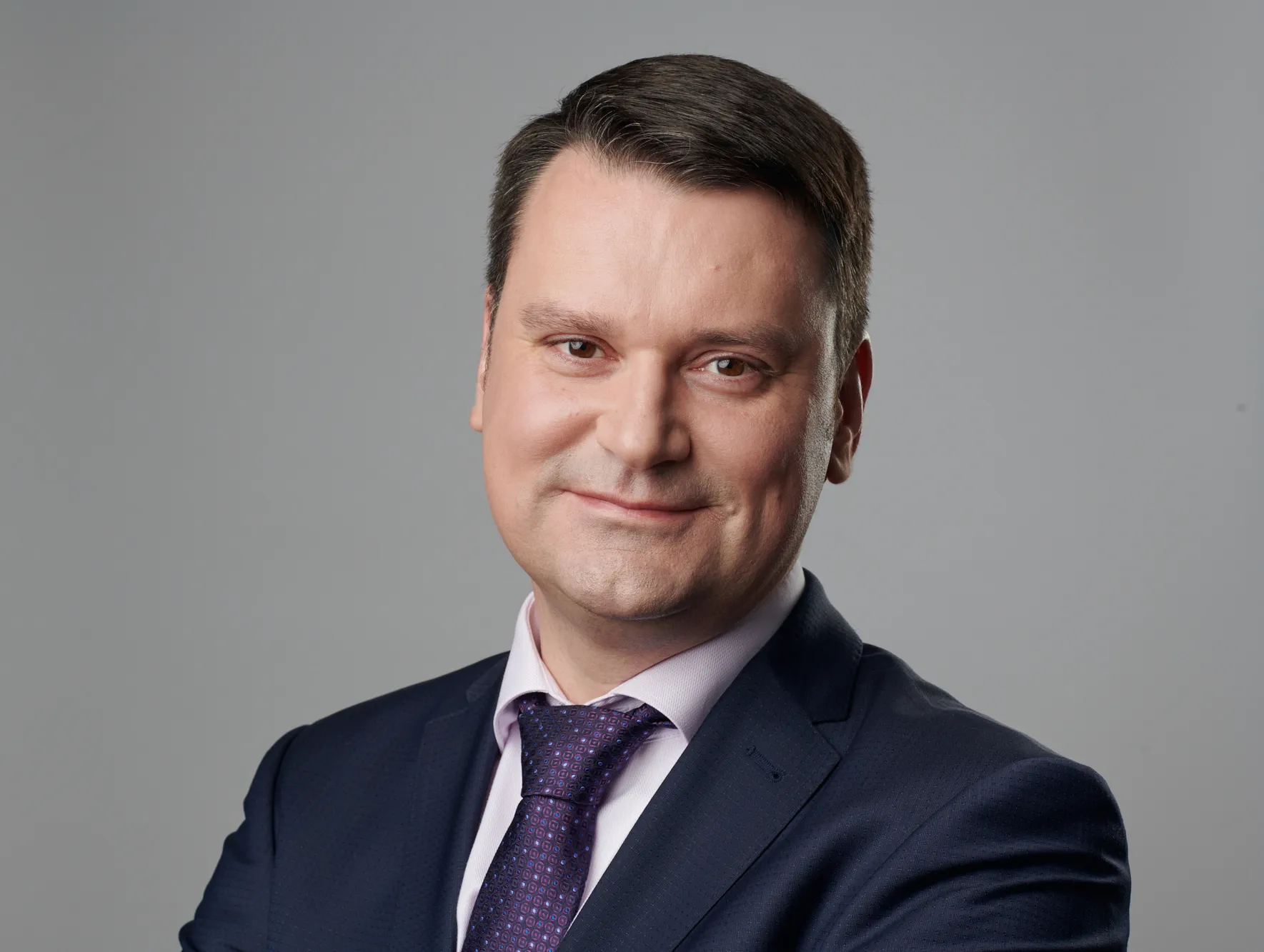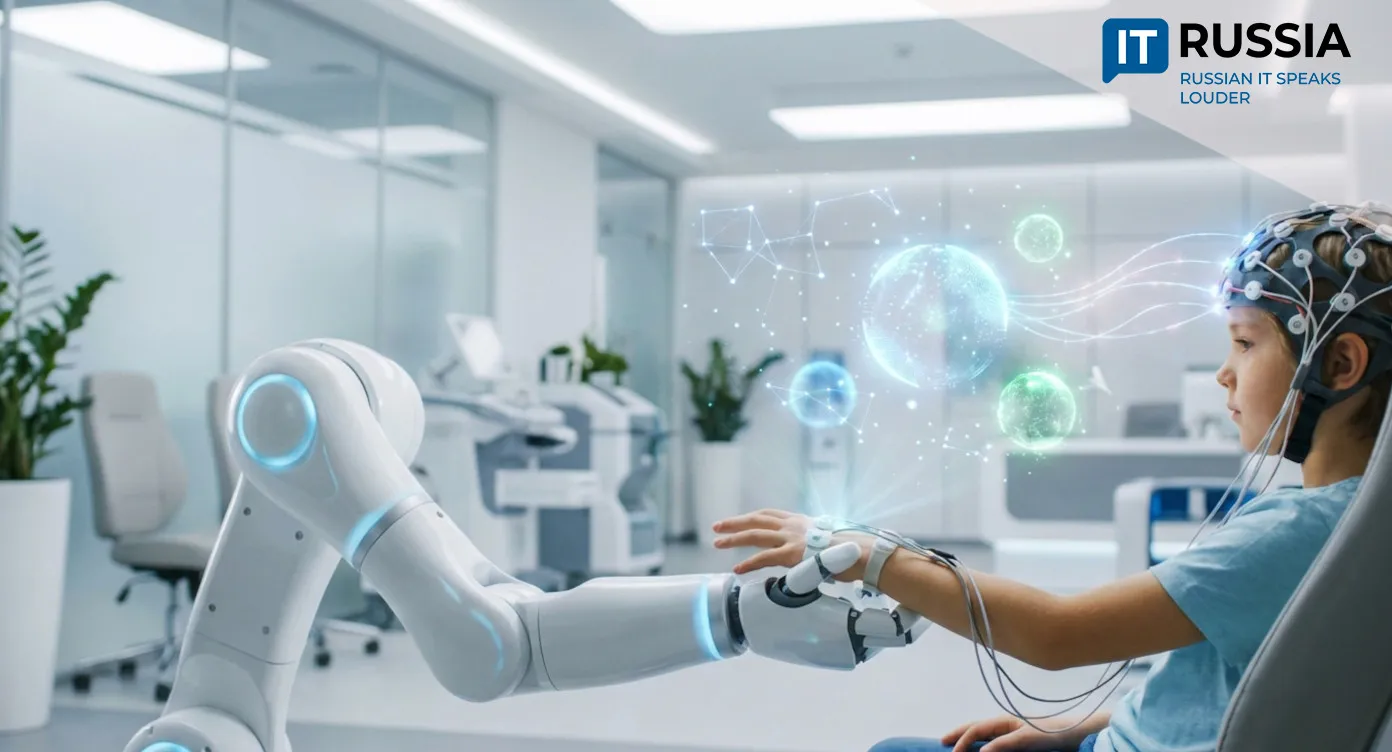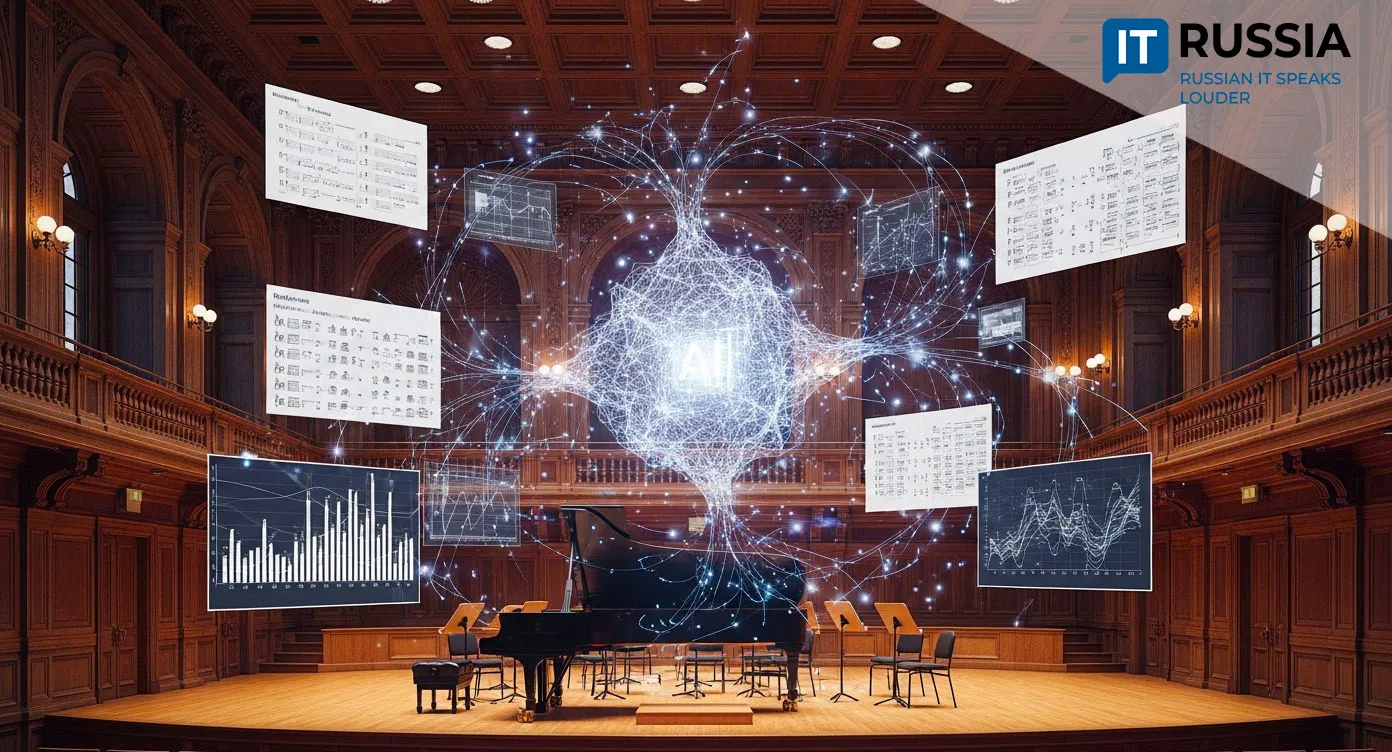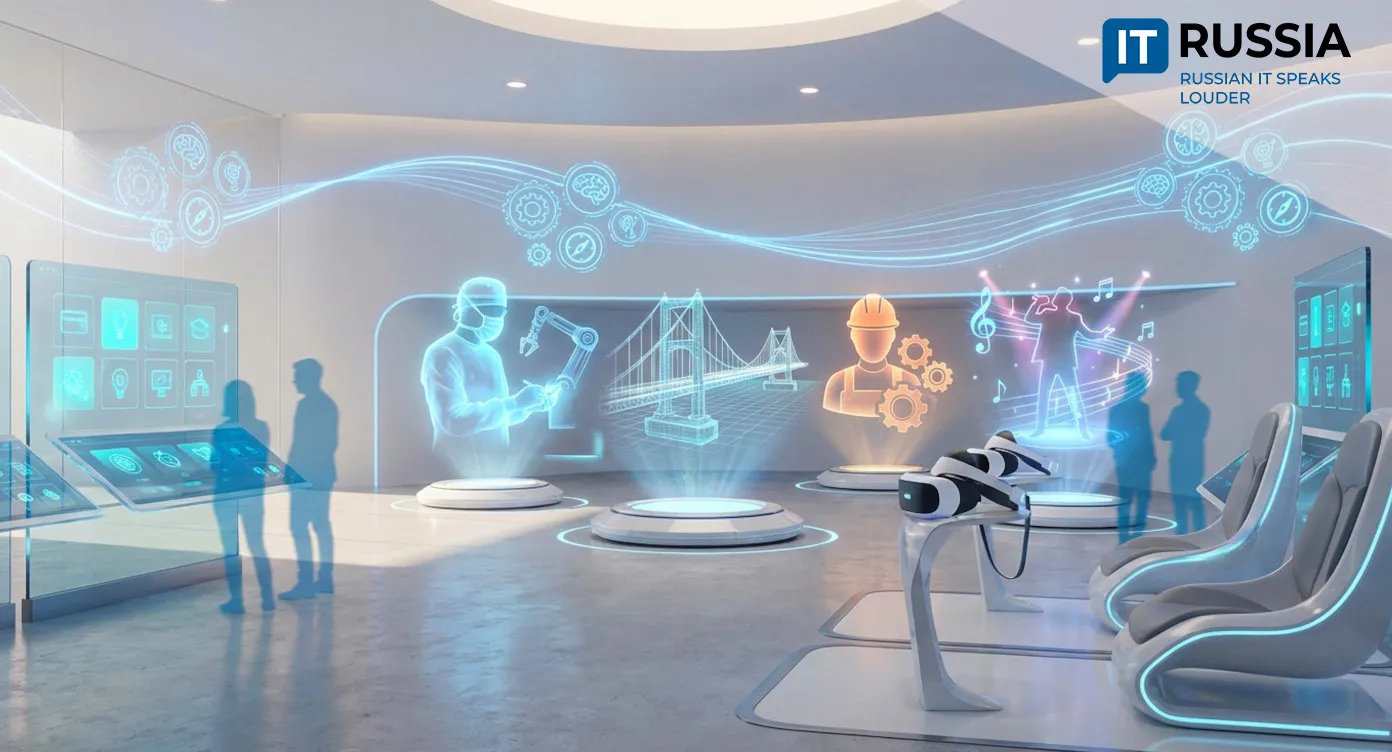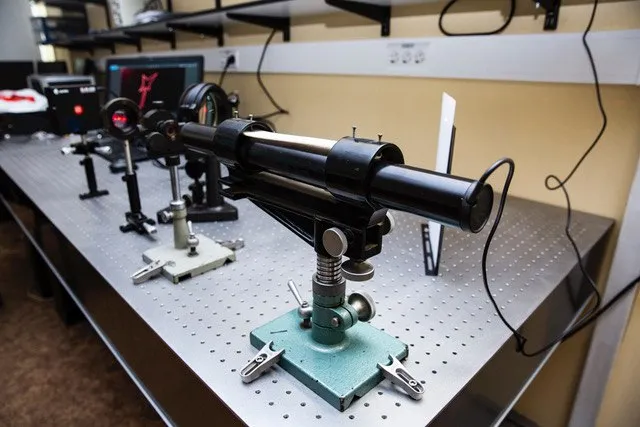20% of Social Fund Requests Are Processed by AI
The Unified Contact Center of Russia’s Social Fund has handled 100 million consultations, with one-fifth managed entirely by a virtual assistant. If development continues at the current pace, AI-driven consultations could soon account for half of all requests.

Global Trend
Russia’s Social Fund has conducted 100 million consultations through its Unified Contact Center, with approximately 20% of all inquiries processed automatically by a virtual assistant—without any human operator. The center supports citizens with issues such as benefits, social insurance, maternity capital, pension savings, and delivery method changes. According to the Fund, the center receives over 100,000 inquiries daily.
The system offers near-instant access to information, helping citizens avoid long wait times. For institutions, this means optimized communication with citizens, reduced operator workload, and better scalability.

The popularity of the contact center also benefits the IT industry, driving demand for AI—particularly voice and chat bots—and customer service platforms. The use of AI and automation in public services is a global trend in government digital transformation, already reshaping service delivery in many countries worldwide.
Import Substitution and Export Potential
The system’s developer, BSS, and other IT companies could expand similar solutions across more Russian agencies and even to international markets. There is particular potential in CIS countries and other regions seeking ‘smart’ government service technologies. If developed on Russian software components, such systems also advance import substitution goals.
Domestically, the digital assistant’s functions are expected to expand—adding speech synthesis, multimodal interfaces combining chat and voice, and deeper integration with online services and mobile applications. As these capabilities grow, the share of automatically handled inquiries may exceed 20%, thanks to machine learning and natural language processing (NLP) that better analyze speech and intent. Automated routing and self-service portals will enhance efficiency and minimize costs.
Convenient Bots
Chatbots and voice assistants are increasingly common in Russian government services. For example, users of the Gosuslugi (State Services) portal are familiar with Max, a virtual advisor that helps navigate the platform. The Ministry of Digital Development’s chatbot ‘Pomoshchnik’ (Assistant) on the Explain.rf portal provides guidance on partial mobilization and other legal matters.

In St. Petersburg, the MFC system uses a voice assistant named ‘Aurora’ to offer consultation and status updates on property registrations and inquiries. Another example is the Rosobrnadzor Assistant chatbot, which supports educators with questions on paperwork and participation in official programs. The growing popularity of such tools reflects their convenience and efficiency. They save users time and effort, reducing the need for in-person visits and paper-based procedures.
Growth Potential
Reaching 100 million consultations with 20% automation marks a significant step in Russia’s digital public service evolution. It signals a transition from manual to hybrid models—AI plus human operators—making services more accessible while reducing budget expenditures and improving scalability. However, there remains substantial room for growth. Challenges include complex inquiries, identity verification, data protection requirements, multi-agency integration, NLP accuracy, and infrastructure disparities across regions.

Despite these barriers, within the next one to two years, the share of automated consultations could rise to 30–40%, given sustained investment in AI and infrastructure. If the momentum continues, the figure may reach 50% by 2027–2028, especially as multimodal services (chat + voice + messengers) and advanced machine learning are adopted.


